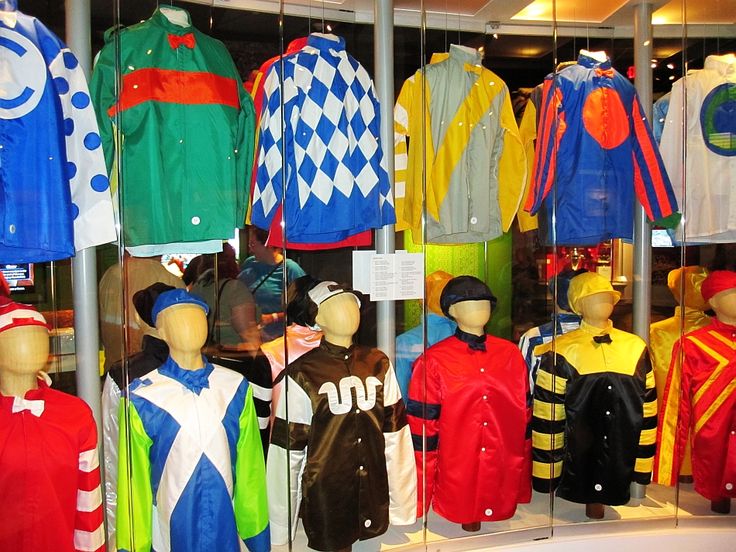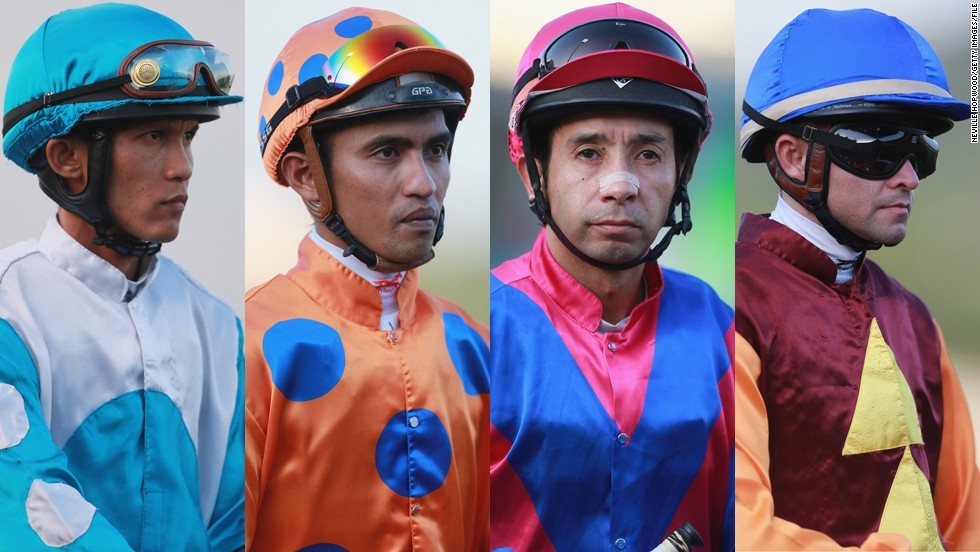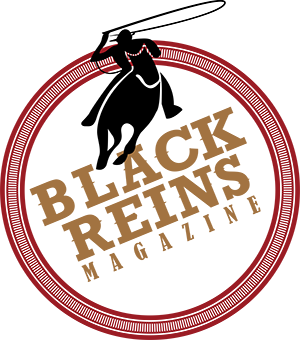 By Miyoshi Hill
By Miyoshi Hill
In the United States, the Kentucky Derby is no doubt one of the biggest horseracing events of the year. Fans of the event affectingly refer to it as “the most exciting two minutes in sports” because of its high stakes on and off the track. It is an unforgettable experience for all who attend. My interest in wanting to attend the Kentucky Derby was not because of my love for horseracing. Conversely, my intrigue centered around the pictures in magazines of women wearing big, bold and sometimes over-the-top hats! While researching attendance of this yearly event, I also noticed some pictures of bright and vibrant uniforms that the jockeys wear, a significant part of Derby fashion most people don’t talk much about.
Uniforms are worn by everyone who plays a sport and horseracing is no different. If you are like me and not familiar with horseracing, you might think jockeys purchase their uniforms off the rack. There is a history behind the jockey uniform and a process for choosing the design and color. The colorful jackets jockeys wear are called silks because they were originally made from silk material. Today’s jockey uniforms are made with Lycra. Along with his silks, a jockey’s uniform consists of a matching helmet, tight fitting breeches, a protective vest, gloves, and boots. The selection of colors was first mentioned in 1515, but were established properly in the 1700’s when confusion emerged from duplicate colors due to the increase of the owners list. In 1776, the English Jockey Club requested that owners submit specific colors for their jackets and caps.
There are 18 basic colors to choose from and these colors can be used in conjunction with 27 jacket and 9 cap designs. Once the colors are selected, there is an availability check. If available, they are registered and the designs are created by suppliers. Colors can be registered for 1 year, 5 years, 10 years, or life, and can be taken by someone else if the registration is canceled.
Stables or horse owners base their color choices on a number of factors – even superstitions and beliefs are a consideration! A report released by Great British Racing revealed that around 40 percent of the winners of the National Hunt events in the last 100 years have worn blue and green jockeys. Therefore, the UK has chosen those colors as their primary colors. In Chinese culture, the color red symbolizes luck, so most stable/owners in the country choose red as their primary color. Many stables or horse owners select their color schemes to make them stand out from the competition. There are certain situations where a jockey will adopt a previously designed or trademarked silk, which usually occurs in the US when riders have been trained or born into a dynasty. Other designs are limited to a specific stable. For example, any jockey who has trained in the prestigious Philips Family Stable will often wear a solid black jacket and a cherry red cap. The design was copyrighted in 1932 and only those from that stable can wear that design.
Unlike most sports, jockey silks are not heavily dependent on corporate sponsors or clothing brand involvement. In fact, New York’s legendary Jockey Club strictly forbids wearing silks that advertise commercial products or companies using copyrighted images.
Silks are meant to be a personalized and unique projection of an owner/stable jockey’s personality, skill, and pedigree. Although the hat reigns supreme at the Derby, silks are an important part of horseracing fashion and bring a rainbow of color to the track.
Miyoshi Hill is the Fashion Editor for Black Reins Magazine


9 comments
Awesome article! I am sooooo proud of you! We need to find some IDLife silks! LOL
Thank you for your support!
Miyoshi this was a great article. It answered many questions that I haven’t thought about in a very long time. I was always wondering what the colors meant and what was there significance. Thank you for educating me.
Thanks George, I am glad you were able to learn something from my article.
Very informative article.
Thank you for your feedback, its greatly appreciated!
I’ve never been to Kentucky Derby event but I have watched it on TV from time to time observing the way men and women dress up for this event. Personally, I had never really paid much attention to the uniforms of the jockeys at all. I love how the uniform selection process is described, stressing the importance of design and color based on personal style and beliefs. Never knew that fashion is such an important part of horseracing.
Thanks Adriane! I am glad I was able to help you appreciate a different part of horseracing fashion.
Athletic apparel manufacture (Denver)